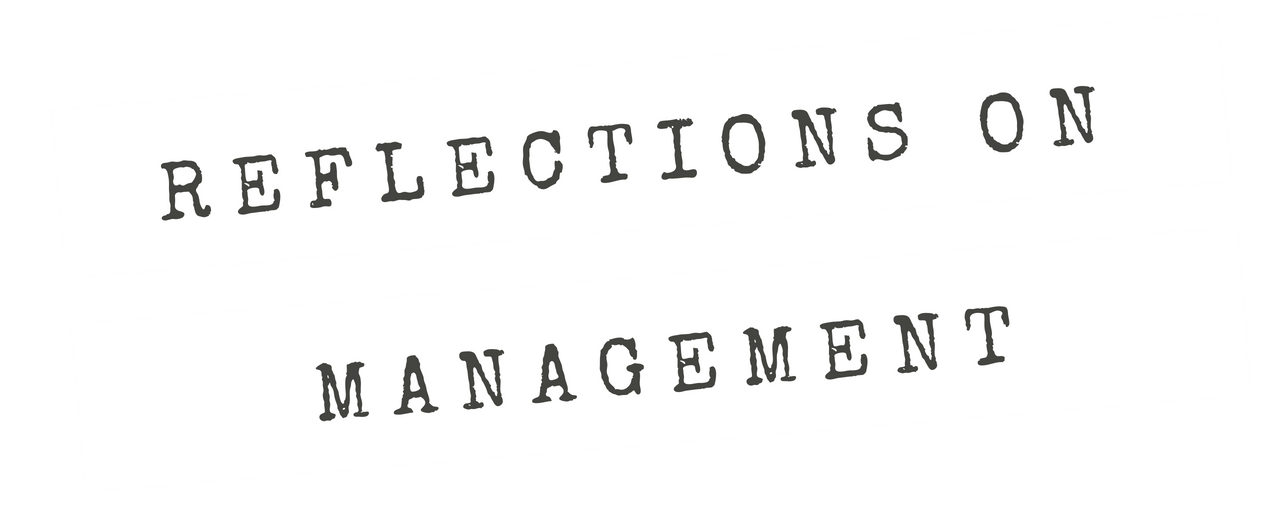Feedback is considerably more robust because of the interconnectedness and the bidirectional sequencing of the decision spaces
Season 7, Episode 7 — Click here to download the transcript
When it comes to explaining what’s going on in an organization, we practitioners have to strike a balance between accuracy and clarity. In the previous episode, I talked about a way to distill the complex and expansive amounts of activity that an organization undertakes. Breaking it down from the ordinary or unremarkable cases to the extraordinary or crisis situations. Now, in this episode, I’m going to talk about how an organization tries to sequence things from some sort of input to some sort of output. And sometimes the sequences are very strict, like an assembly line, but many times the sequence is but an ideal that represents a general sense of movement. I will call this the stream-based metanarrative and talk about how we can construct and utilize it to analyze an organization’s behavior.
Streams, which is the shorthand I will use, includes a set of straightforward elements. It starts with sets of origins and destinations representing the sources of the stream and where it lets out (metaphorically meaning dumping into a lake or sea or reaching a confluence with another stream. The origins can be plural, not unless the Blue and White Nile that form the Nile River in Africa, and the destinations can be plural like the branches that form in a river delta. Between the origins and destinations are a single sequence of decision spaces arranged in a generally logical order that constitute a flow from the origins to destinations. The sequence is largely geared toward the downstream, whereby a decision made at some point on the stream naturally gravitates to a decision being made in the next decision space toward the destination. The flow exists on the basis of the rules, heuristics, norms and shared understandings that relate one decision space to another and establishes the ordinary downstream direction. And of course there is feedback whereby the activities in one decision space affect those adjacent to it. A disruption to that flow can create “upstream effects” that go in the opposite direction toward the source.
In this episode, I’ll offer several examples from articles and papers using the stream metaphor to explain interconnected decisions. I’ll also introduce a couple other examples that I have used with my students.
References:
Harrison, T. (2014). Rethinking readiness. Strategic Studies Quarterly, 8(3), 38-68.
Junor, L. J. (2017). Managing military readiness. Strategic Perspectives no. 23. Washington, DC: Institute for National Strategic Studies.


